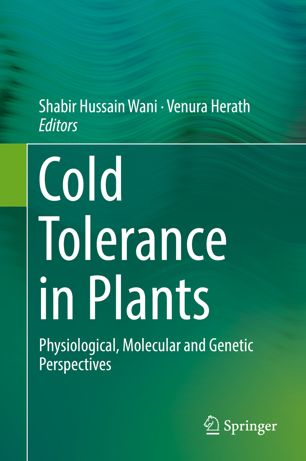

Most ebook files are in PDF format, so you can easily read them using various software such as Foxit Reader or directly on the Google Chrome browser.
Some ebook files are released by publishers in other formats such as .awz, .mobi, .epub, .fb2, etc. You may need to install specific software to read these formats on mobile/PC, such as Calibre.
Please read the tutorial at this link: https://ebookbell.com/faq
We offer FREE conversion to the popular formats you request; however, this may take some time. Therefore, right after payment, please email us, and we will try to provide the service as quickly as possible.
For some exceptional file formats or broken links (if any), please refrain from opening any disputes. Instead, email us first, and we will try to assist within a maximum of 6 hours.
EbookBell Team

0.0
0 reviewsCold stress is one of the prevalent environmental stresses affecting crop productivity, particularly in temperate regions. Numerous plant types of tropical or subtropical origin are injured or killed by non-freezing low temperature, and display a range of symptoms of chilling injury such as chlorosis, necrosis, or growth retardation. In contrast, chilling tolerant species thrive well at such temperatures. To thrive under cold stress conditions, plants have evolved complex mechanisms to identify peripheral signals that allow them to counter varying environmental conditions. These mechanisms include stress perception, signal transduction, transcriptional activation of stress-responsive target genes, and synthesis of stress-related proteins and other molecules, which help plants to strive through adverse environmental conditions. Conventional breeding methods have met with limited success in improving the cold tolerance of important crop plants through inter-specific or inter-generic hybridization. A better understanding of physiological, biochemical and molecular responses and tolerance mechanisms, and discovery of novel stress-responsive pathways and genes may contribute to efficient engineering strategies that enhance cold stress tolerance. It is therefore imperative to accelerate the efforts to unravel the biochemical, physiological and molecular mechanisms underlying cold stress tolerance in plants.